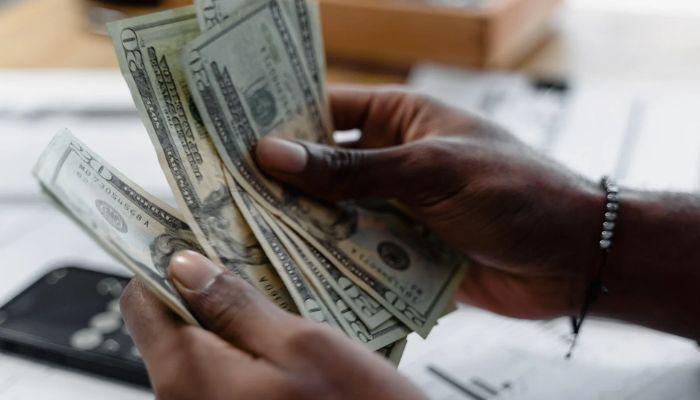The pressure on the foreign exchange (FX) continued on Thursday as one dollar sells at an average rate of N811 at the parallel segment of the market.
This was 0.55 percent lost to the value of naira when compared to N806.50 per dollar quoted on Wednesday at the black market.
One of the traders who spoke with BusinessDay said the demand for dollars is rising, coming from individuals who want to travel for the summer or other reasons.
On Wednesday, naira weakened at the parallel market, losing 0.80 percent of its value against the dollar on increased demand.
At the Investors’ and Exporters’ (I&E) forex window, naira appreciated by 0.75 percent as dollars was quoted at N782.49 on Wednesday as against N788.42 quoted on Tuesday at the market, data from the FMDQ showed.
On June 14, 2023, the CBN abolished segments of the official FX market to the I&E Window, where the “willing buyer and willing seller” was re-introduced. Based on this adjustment, the official rate rose from N463.38/$ to N800, the current rate.
Until mid-June, exchange rate policy remained focused on keeping the official exchange rate little changed and well below the market-clearing rate.
At the money market, Nigerian treasury bills secondary market closed on a flat note on Wednesday with the average yield across the curve closing flat at 6.11 percent, according to a report by FSDH research.
Average yields across short-term, medium-term, and long-term maturities closed flat at 6.08 percent, 5.43 percent, and 6.47 percent, respectively.
At the Primary Market Auction held on the same day, the CBN offered NT-bills maturities worth N141.77 billion across 91-day (N2.78 billion), 182-day (N1.49 billion), and 364-day (N137.50 billion) tenors.
The Nigerian Autonomous Foreign Exchange Fixing (NAFEX) rate, which was notionally determined on a willing-buyer—willing-seller basis, continued to be managed by the CBN and did not move in tandem with market fundamentals, said the World Bank in a recent report.
The report said the FX market lacked a clear and predictable price discovery mechanism, primarily due to the use of multiple FX windows to serve multiple purposes. This continued to limit FX supply at the NAFEX window, pushing economic agents into the parallel market to meet their FX requirements, and generated arbitrage and rent-seeking opportunities.
As of June 13, 2023, the parallel market–NAFEX premium was 63 percent, indicating a significant overvaluation of the NAFEX rate. With the aim of reducing FX demand and preserving external reserves, while also maintaining a stable NAFEX rate, the CBN maintained administrative controls.
These included restricting access to FX for importing 43 products starting in 2015 and reducing the size of its FX supply interventions since 2020.
The World Bank report said the previous exchange rate management approach impeded investment and growth and the recent changes to FX policy and management are a welcome development, capable of unlocking growth.






